Review for Rogue One: A Star Wars Story
Introduction
“Rebel spaceships, striking from a hidden base, have won their first victory against the evil Galactic Empire. During the battle, Rebel spies managed to steal secret plans to the Empire’s ultimate weapon, the DEATH STAR, an armored space station with enough power to destroy an entire planet.”
These two sentences in the opening crawl of Star Wars Episode IV: A New Hope only went and inspired the entirety of the first live action spin-off movie from the Star Wars universe (Apparently the entire human race except me has managed to erase the Ewoks Adventures, Caravan of Courage and The Battle for Endor from memory). That didn’t inspire me with hope to be honest, given that the Star Wars prequel trilogy pretty much put to film the back story that we heard and read about during the original trilogy, the rise of the Empire, Anakin’s fall, the Jedi purge, all by almost clinical and pedestrian rote, with few if any surprises to make us re-evaluate what we already knew about Star Wars. I thought if Rogue One merely told those two sentences of narrative over two hours, it would be even more of a pointless exercise than the prequels. It turns out that there was a plot hole in Star Wars that needed addressing, which I had never even considered. Why was the Death Star so comparatively easy to take down?
Jyn Erso was living an idyllic, agrarian life with her family on an isolated world when the Empire came. Director Krennic wanted the services of her father, Galen in his capacity as scientist, and he was willing to do whatever it took, even if it meant destroying the family. Jyn barely escaped.
Years later, rumours of the Empire’s new superweapon reach the Rebellion, as well as the news that one of its designers, Galen Erso, is trying to get a message to them. The courier, a defecting Imperial Pilot has fallen into the hands of Saw Gerrera, an extremist even by Rebellion standards. It’s Rebel agent Cassian Andor’s mission to retrieve this courier and contact Galen Erso, but getting past Gerrera’s paranoia will be almost impossible. His one chance is the survivor of an Imperial attack that Gerrera rescued years ago, a girl named Jyn Erso.
Picture
Rogue One gets a 2.39:1 widescreen 1080p transfer on this Blu-ray. It’s pixel perfect as you’d expect, bringing the film across with breathtaking HD clarity. So if you can’t complain about the transfer, it’s just the aesthetic left to pick holes in. When it comes to the look of the film, the special effects, it is with one exception absolutely stunning to watch. Set in the days before Episode IV, Rogue 1 manages to capture the sense of the 1977 film while still impressing with 2016 technical precision. The sets, locations, costumes and production design matches what people like Ralph McQuarrie created, while doing enough to feel unique and original in its own right.
But there is that one exception. We’re talking about the uncanny valley of course, the use of digital effects to youthify actors, resurrect the deceased, and try and match what was done 40 years previously, and it doesn’t work. Princess Leia’s appearance at the end of this film throws me out of this movie like Uncle Phil throwing out Jazzy Jeff. Grand Moff Tarkin isn’t quite as bad, when he isn’t talking. The most success the filmmakers have is bringing the rebel pilots from New Hope back, Red and Gold Leaders, although for them, they thankfully had outtakes from the original Star Wars to work with.
Sound
Rogue One offers DTS-HD MA 7.1 Surround English, DTS-HD Hi-Res 5.1 French, and Dolby Digital 2.0 Stereo English audio descriptive, with subtitles in these languages, Arab, Dutch, Danish, Finnish, Norwegian, and Swedish. Ditto with the audio. It’s epic and wholly immersive, once more transporting you to a galaxy far, far away. It’s a rich, vivid sound designed movie that makes full use of the surrounds, while keeping the dialogue clear throughout. Michael Giacchino does a fine job in creating an original score in keeping with John Williams’ music for the series films. It’s individual enough to have its own identity without feeling out of place for Star Wars.
Extras
You get two discs in a Blu-ray Amaray case, one on each inner face. There is an o-card slip cover which for a change actually offers different artwork to the sleeve. The feature disc presents the film with an animated menu, and the disc holds its position in the player memory after you eject it.
All of the film’s somewhat scant extras are presented on disc 2, offering the suspicion that there will probably be another, mega-edition release of this film in the future.
In The Stories, you get 68:58 of featurettes, 10 in total. They look at the characters in the film, the way the production design was accomplished, as well as those digital characters.
Rogue Connections offers 4:31 of trivia linking Rogue One to Star Wars.
Trailers are noticeably absent on this disc, no doubt to prevent you asking why those scenes weren’t in the movie, and why there weren’t any deleted scenes in the extras.
While the featurettes are informative and interesting, this isn’t exactly the definitive release of a movie.
Conclusion
It’s hard to imagine now what a world without new Star Wars to look forward to was like. But from 1983 to 1997 the original trilogy was all that we had in terms of movies. Sure there were the Ewok movies and cartoons, the Droids cartoons, and the infamous Holiday special, but for 16 years we had no cinematic Star Wars to look forward to. Then came the Special Editions, closely followed by the prequels. The subsequent gap of 10 years between Revenge of the Sith and The Force Awakens doesn’t feel nearly as long, although that has more to do with the perspective of a ten year old compared to the perspective of a 40 something year old. But for those years between Jedi and The Phantom Menace, all that fans had was the literature, the stories of the Star Wars Expanded Universe (now rendered non-canon by the new movies). Even that was sparse at first, mostly comics, but with the odd novel too, the unofficial second movie (Splinter of the Mind’s Eye), the Han Solo Adventures, the Lando Calrissian Adventures and maybe a couple of others. It was Timothy Zahn’s Heir to the Empire first published in 1991 that opened the floodgates, and over the next twenty-odd years, authors plotted a history for the Star Wars Universe and characters that stretched some forty years past the events of Return of the Jedi, creating new characters, new worlds, amazing stories that tantalised and enthralled. Some books really did evoke the feeling of Star Wars, even while taking the stories in more grown up and mature directions. Star Wars was growing up with its fans and it was mostly good.
For fans of a certain age (i.e. mine), the books practically became unofficial movies, and when new movies were announced, I for one was looking for Star Wars that matched the tone and style, intelligence and wit of the books that I read. And then the prequels happened. It got even more disheartening when the Force Awakens was announced, and with it the statement that the Expanded Universe would be ignored to fashion a new story. While the Force Awakens was fun, it still wasn’t the Star Wars movie that I was looking for. So with Rogue One, I was certainly looking forward to watching another Star Wars movie, but I was in no way expecting anything more than a fun romp in the same vein as The Force Awakens. You can imagine then, the grin that quickly appeared as the film began, the slow shuffle to the edge of my seat, the gradual realisation in my heart that finally, finally I had the Star Wars movie that I had always hoped for, primed by those twenty years of Expanded Universe novels.
Rogue One is brilliant, and it does what George Lucas didn’t do with his prequels, takes established narrative fact, but tells an original, exciting, and fresh story within the bounds of those two sentences pasted at the head of this review. Rogue One is a war movie that is part heist story, and part Dirty Dozen. An unlikely group of freedom fighters come together to steal the Death Star plans, although it doesn’t seem that way at first. Certainly the rebels are motivated by rumours of an Imperial superweapon, but it turns out that the mission is of the typically short-sighted sort, the equivalent of killing the messenger rather than dealing with the actual issue at hand.
Where Rogue One really succeeds is in its characterisations. Not since the original trilogy have we been presented with characters that are so well written and developed over the course of the story. Rogue One is probably the darkest of the Star Wars movies, maybe even more so than Empire Strikes Back, with the Rebellion facing destruction at the hands of the Empire, and that is reflected in its characters, most of them damaged, and lacking in hope as the story begins. Certainly Jyn Erso leads a jaded, cynical existence at the start of the film, while Cassian Andor’s devotion to the cause has separated him from his humanity. His adherence to orders without asking questions makes him little different from his enemies. It’s the same with Saw Gerrera, an extremist that has been disavowed by the Rebellion; he’s become the kind of person who can’t believe answers to questions asked, without the application of pain. The decisions made by the Rebel Alliance early on also suggest that they are being shaped into mirror images by their opposition to the Empire.
So the film is all about bringing hope back to the Rebellion, hope in the form of the Death Star plans, and hope in the form of a reminder of what they are actually fighting for. The first hope comes in the form of Bodhi, an Imperial cargo pilot who defects to do the right thing, carrying a message from Galen Erso to the Rebellion warning of the Death Star, and detailing its weakness (filling in that plot hole from Episode IV that I didn’t realise existed). The second hope comes from the Guardians of the Whills that Cassian and Jyn encounter midway through the film. They are monks from a fallen Jedi Temple, with blind Chirrut still believing in the Force, even if he can’t use it. Baze is his more cynical friend, and while Chirrut is a mean fighter with a staff, Baze takes out what’s left with a repeating blaster. They soon become the conscience of the group, especially Chirrut.
Of course there’s still room for a little cynicism, and that comes in the form of reprogrammed Imperial droid K-2SO. As with the other Star Wars movies, the droid is the comic relief, but K-2SO is a lot more lethal than R2-D2 ever was. He also has a way with words that makes you think that Marvin the paranoid android has a cousin in a galaxy far, far away. The characters make this movie special, but it has enough in the way of story, of action, and humour to really enchant and entertain. It’s less about the theft of the Death Star plans, than it is about how the characters are changed by the events in the movie, the journeys that they go on.
Rogue One is the Star Wars movie that I have always wanted to watch, ever since Return of the Jedi. It’s a big universe, and there are plenty of stories out there, and with Disney unlikely to stop milking this cash cow any time soon, I’m a lot more optimistic that we will see more movies of this calibre, from the stand alone stories if not the main Skywalker saga.
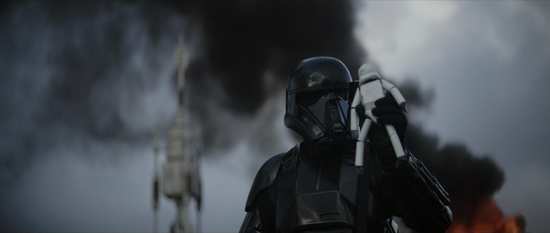
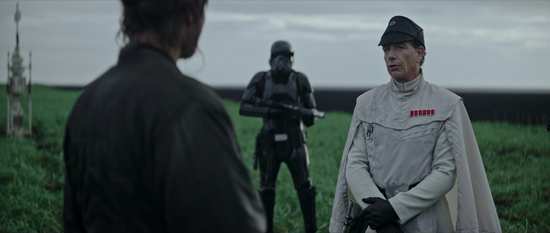
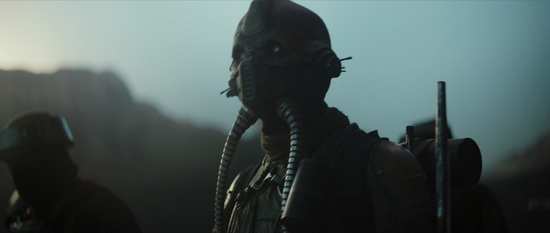
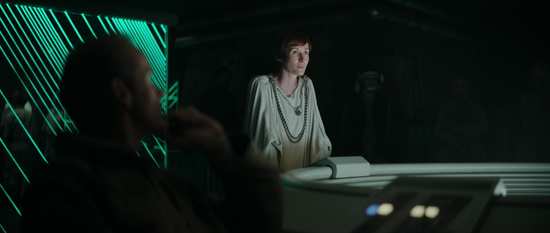
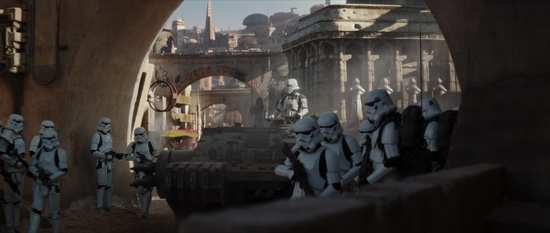
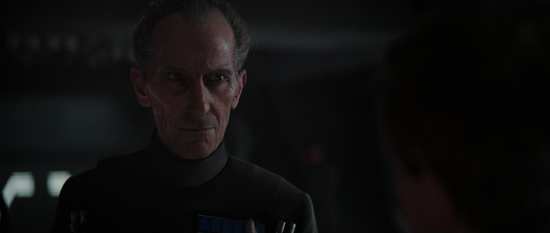

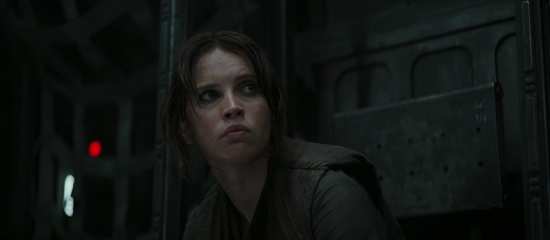
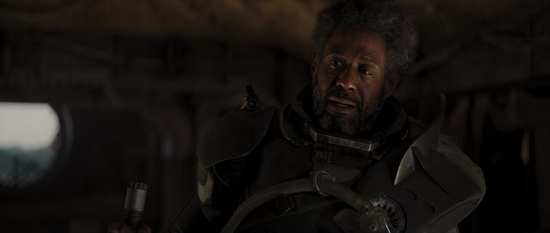
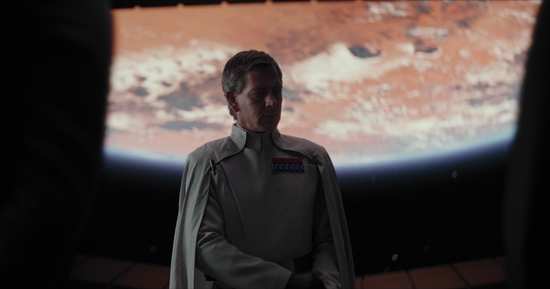
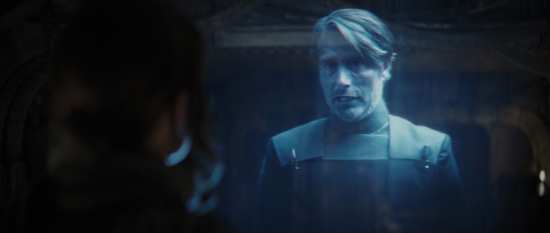
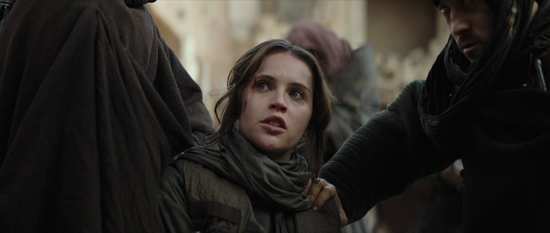
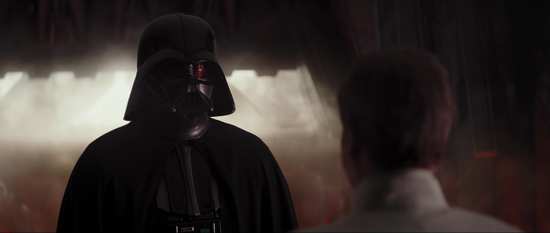
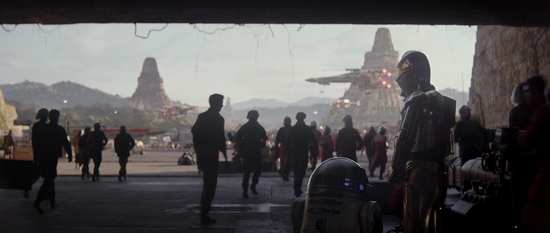
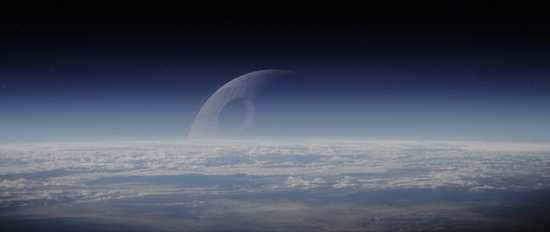
Your Opinions and Comments
Be the first to post a comment!